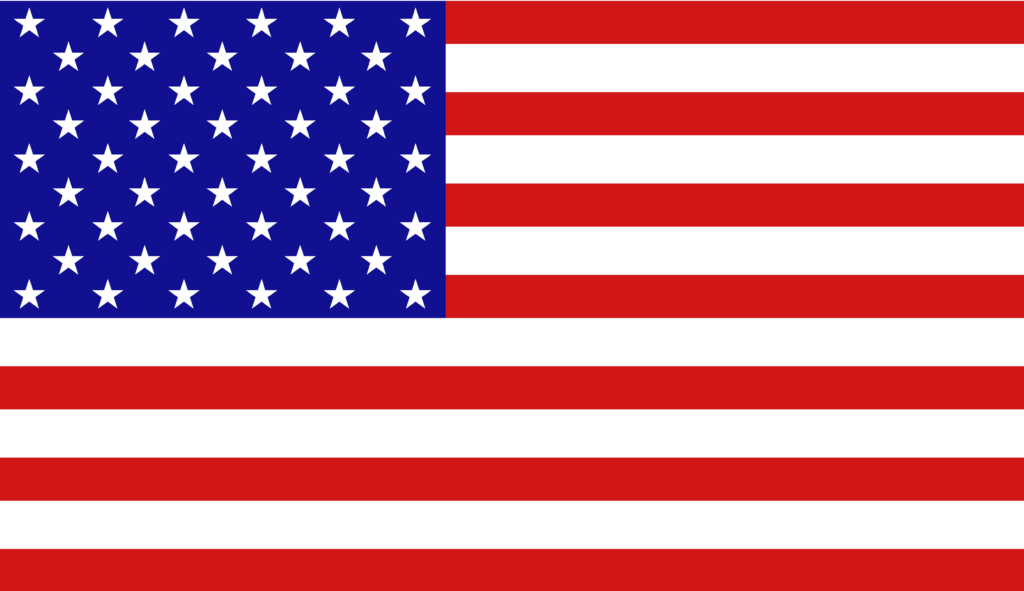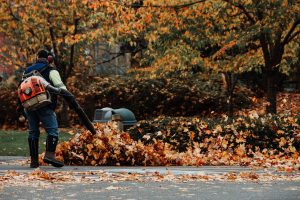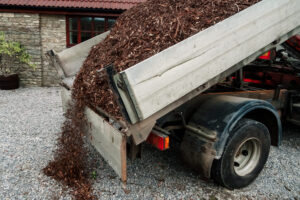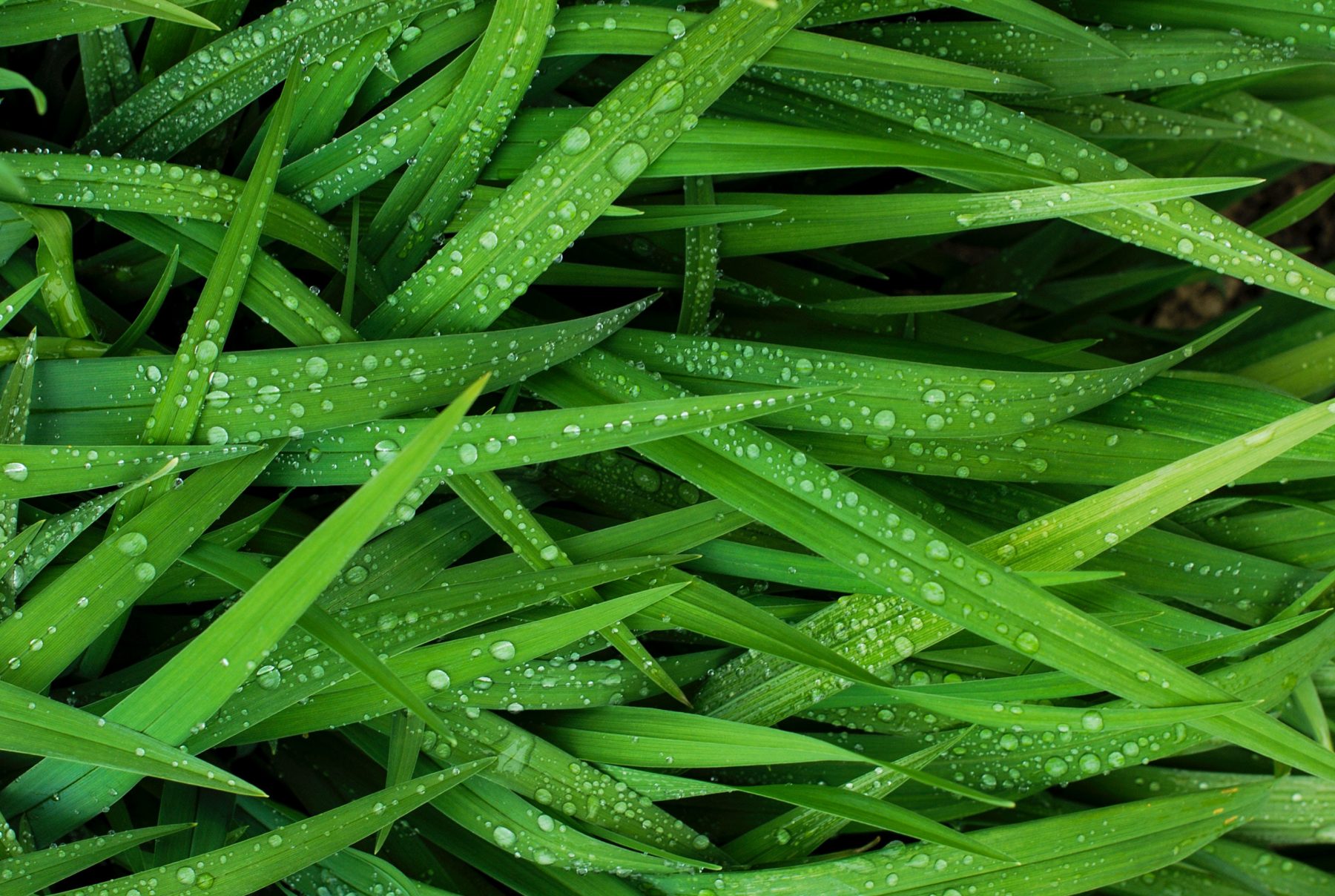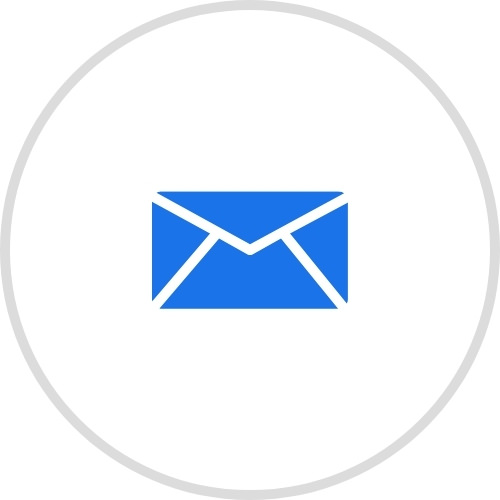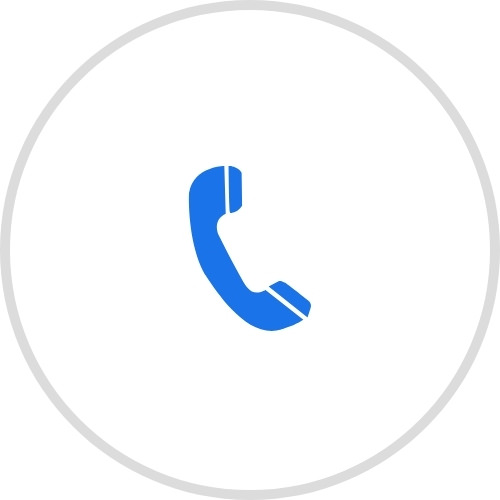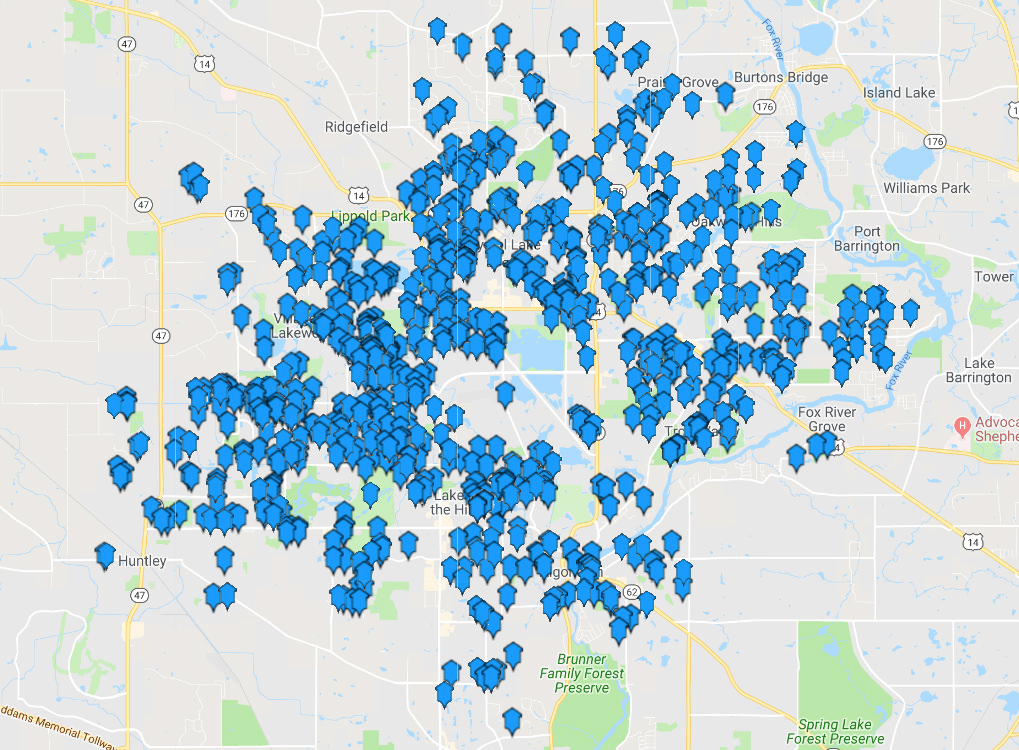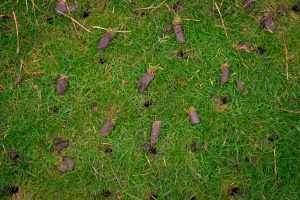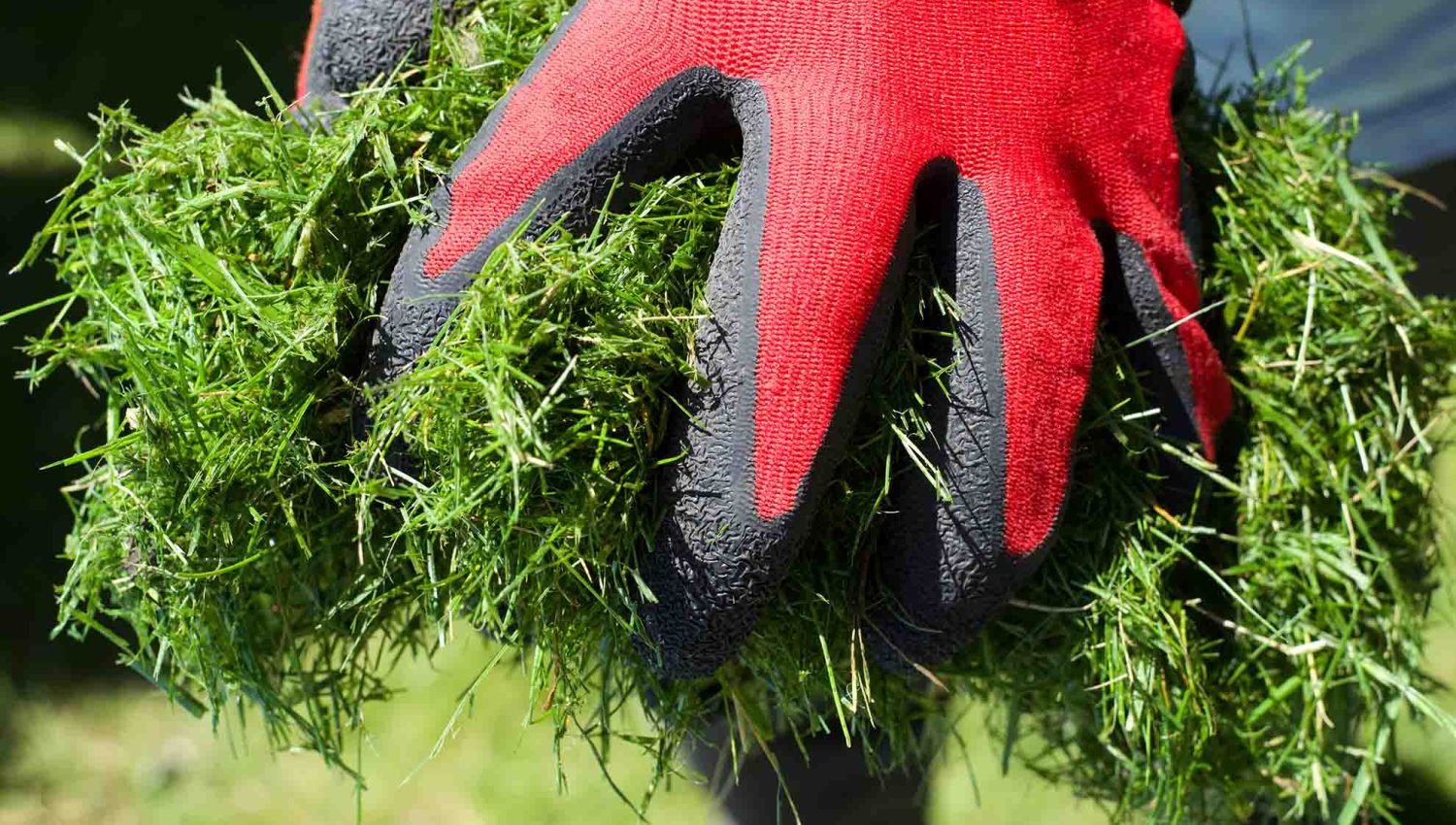
Are Grass Clippings Dangerous For Your Lawn?
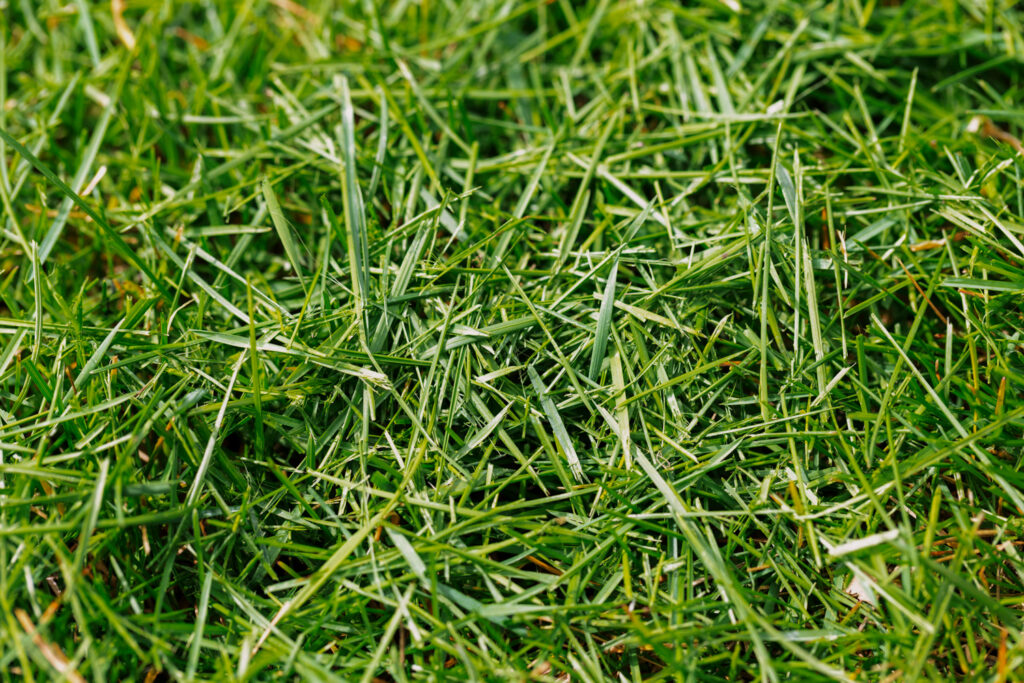
Grass Clippings Feed Your Lawn
If you’ve never considered using grass clippings for your lawn, you may be wondering why in the world anyone would want to cover their lawn with them. The simple answer is that grass clippings are actually very good for your lawn! They provide a natural source of fertilizer that can help to keep your lawn healthy and green.
When you mow your lawn, the grass blades are cut into small pieces. These small pieces of grass still contain all of the nutrients that the larger blades did. When you leave the clippings on your lawn, they will eventually break down and release these nutrients back into the soil. This is a much cheaper and more environmentally-friendly way to fertilize your lawn than using chemical fertilizers.
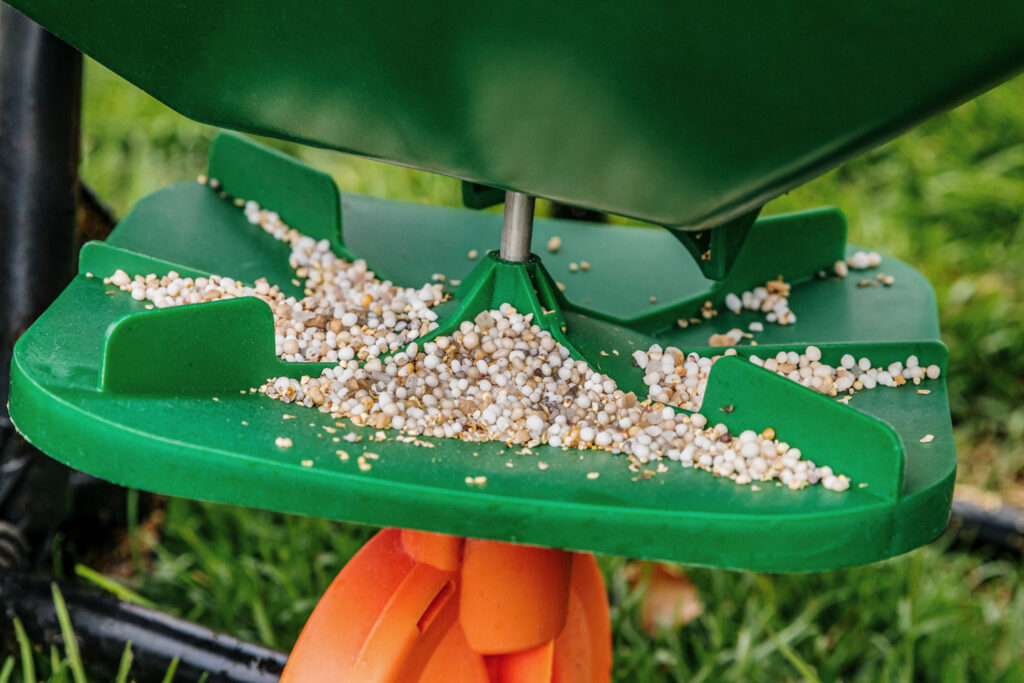
Clippings Can Be Better Than Fertilizers
Store bought fertilizers contain nitrogen, phosphorus, and potassium. These are the three main nutrients that grass needs to grow. However, they are often in very high concentrations which can actually be harmful to your lawn. When too much nitrogen is applied, it can cause the grass to grow too quickly. This results in weak, spindly blades that are more susceptible to disease and pests.
On the other hand, grass clippings contain a more balanced ratio of nutrients. They also release these nutrients slowly over time so your lawn can benefit from them for weeks or even months after you mow. This slow-release effect is especially beneficial in the summer when your lawn is growing the most.
Applying grass clippings to your lawn is also a great way to reduce thatch. Thatch is a layer of dead grass, roots, and other organic matter that can build up on your lawn over time. A small amount of thatch is actually beneficial as it helps to protect the roots of your grass from extreme temperature changes and provides a place for beneficial insects to live. However, too much thatch can be detrimental to your lawn as it prevents water, air, and nutrients from reaching the roots of your grass.
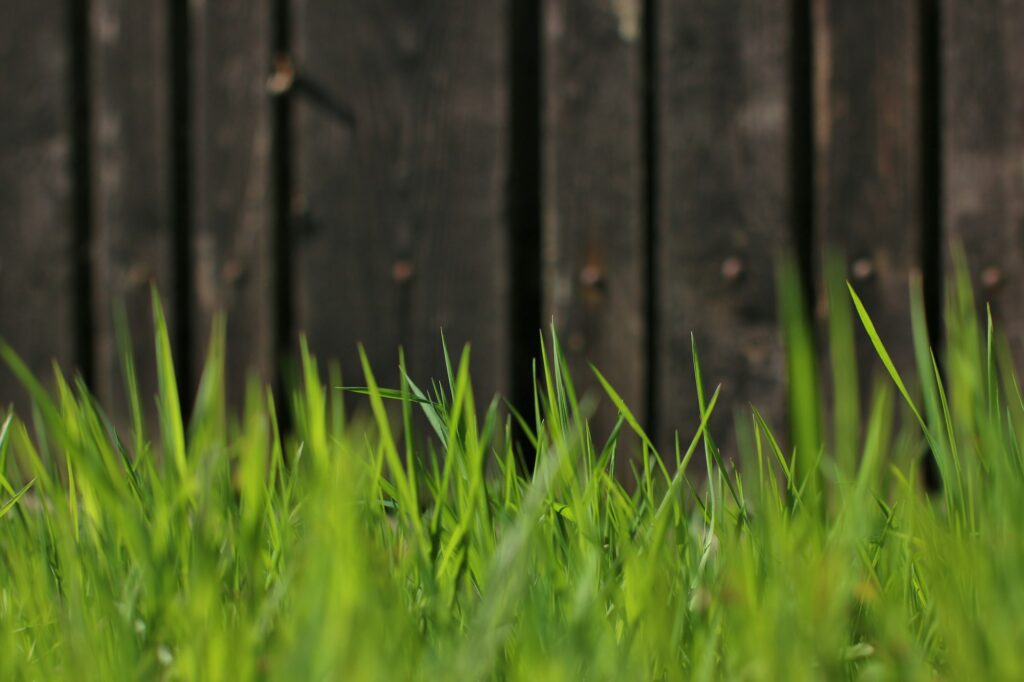
Grass Clippings Can Help Protect Your Turf
In addition to providing nutrients, grass clippings can also help to protect your lawn from the sun and other environmental stresses. The blades of grass act as a natural mulch, which can help to retain moisture in the soil and prevent the growth of weeds.
When the blades of grass are cut, they release a small amount of moisture into the air. This moisture can help to keep your lawn cooler on hot days. The blades of grass will also block out some of the harmful UV rays from the sun, which can damage your lawn.
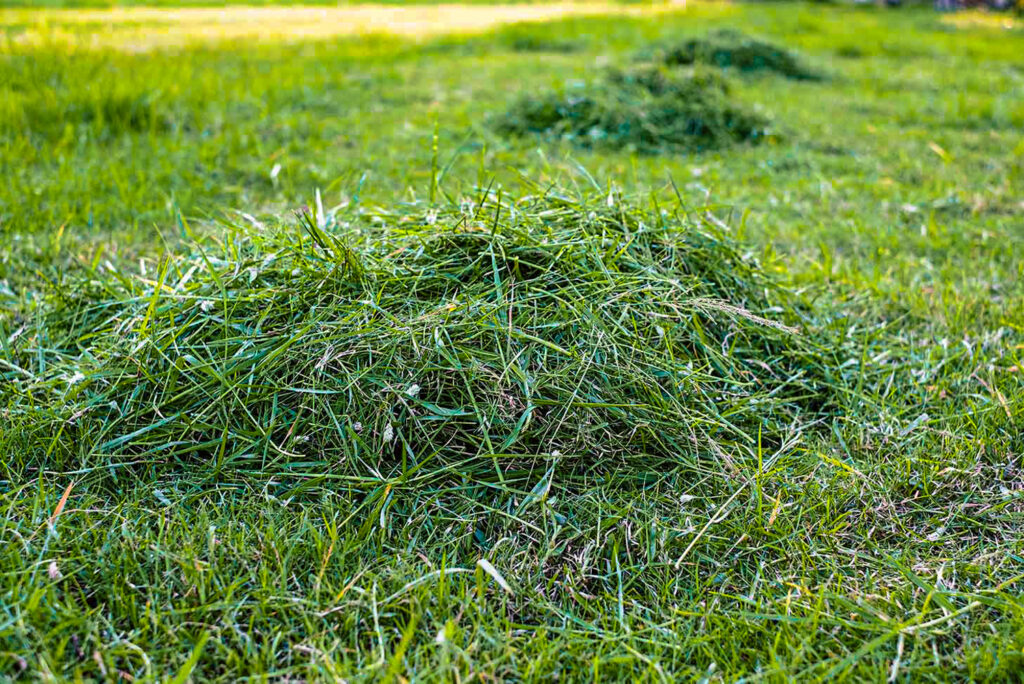
Now that we know all of the benefits of using grass clippings for lawn care, let’s talk about how to properly use them. There are a few basic guidelines to follow when it comes to mowing and utilizing grass clippings.
- Determine what length you want your grass to be. For most lawns, 3 inches is a healthy height.
- Make sure never to remove more than the top 1/3 of grass length. This will allow your lawn to better repair itself and prevent clippings from suffocating your lawn.
- Clean your lawn mower before every use. An unclean mower deck, wheels, or blades can promote fungal growth, which will spread across your lawn as you mow.
- Keep mower blades sharp! A dull blade will result in unhealthy grass and mangled clippings that could attract lawn diseases, pests, weeds, and more issues.
- Mow regularly and rotate directions. Alternating mowing patterns allow you to effectively cover more ground with the clippings, and a weekly schedule ensures continued health.
- Leave the clippings behind you as you mow. Make sure the bag is removed so that the clippings can fall to the ground and be reabsorbed into your lawn.
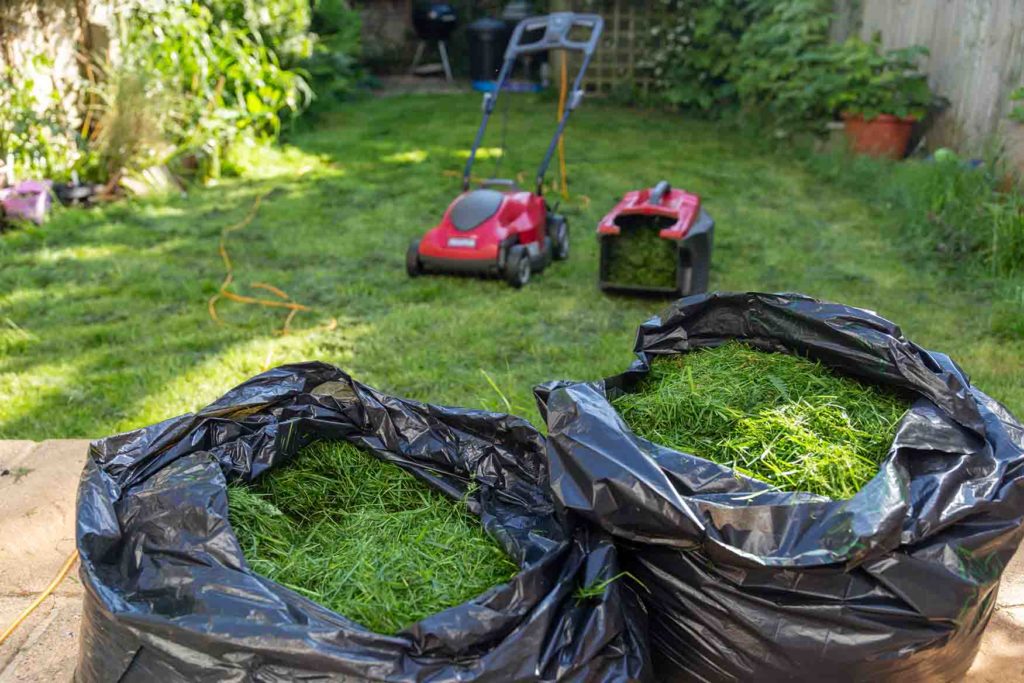
When To Bag Grass Clippings
As great and beneficial as grass clippings can be for your lawn, there are times when bagging clippings is better for the health of your turf. If your lawn is newly seeded or sodded, you should bag the clippings until the grass has had a chance to establish itself. The same goes for areas of your lawn that are thin or sparse. This is because the clippings can actually smother the new grass and prevent it from taking root.
If your lawn is infested with weeds, you should also bag the clippings. This is because the weed seeds can actually be spread through the clippings and cause further infestation. This is also true of areas of your lawn that have been treated for pests or diseases. Bagging the clippings will prevent the spread of these problems to other areas of your lawn.
Wet grass clippings can also be a problem for your lawn. If the clippings are too wet, they can actually mat down and smother the grass. This is why it’s important to only mow when the grass is dry. If you do have to mow when the grass is wet, make sure to bag the clippings so that they don’t cause problems like pests and fungal infection.
Finally, overgrown grass that has gone too long in between mowings should be bagged. The clippings will be too long and can actually harm the grass if they are left behind. Instead, stick to the 1/3 rule of lawn mowing, and bag the clippings until your lawn can safely be mowed down to a healthy height. At that point, you can start incorporating grass clippings back into your lawn.
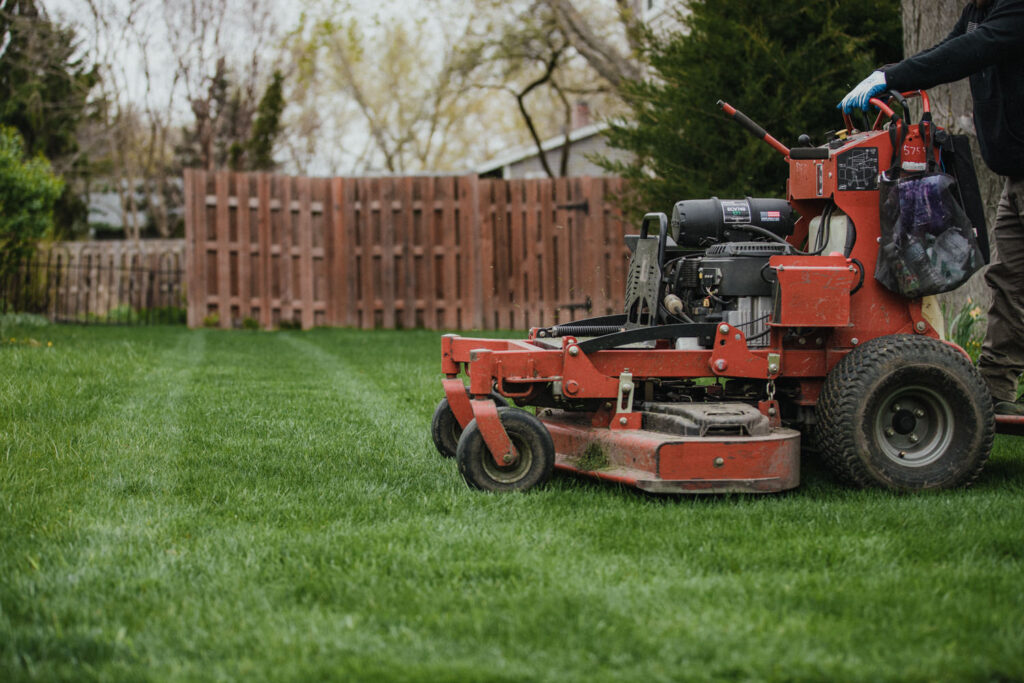
Learn More About Our Lawn Mowing Service
With proper lawn mowing routines, such as healthy mowing heights and recycling grass clippings, you can have the healthiest lawn in the neighborhood! Calling a professional lawn care company is the best way to ensure that your lawn receives exactly what it needs to thrive.
Elite Lawn Care utilizes the best and most up-to-date strategies and methods available to improve the health and appearance of your lawn. Call your local lawn care provider today for more information on how recycling grass clippings and other techniques can save your turf!
Start Your Quote Today! Getting Started
Get your weekend back & simplify your life this season. Trust Elite Lawn Care for your Lawn Care, Landscaping & Snow Removal needs.
-
1Choose Your ServicesChoose the services your property needs throughout the year.
-
2Set Up & Finalize Your AccountFill out the form & one of our team members will contact you.
-
3Discover The DifferenceServices are automatically scheduled, completed & billed.

